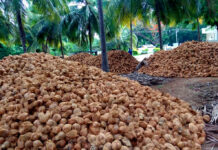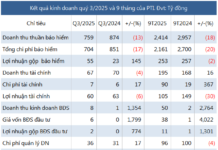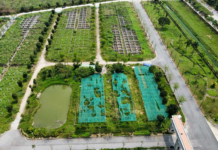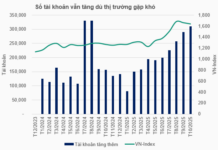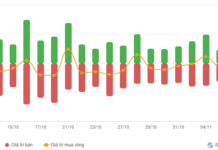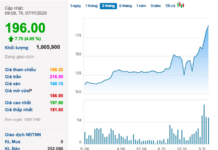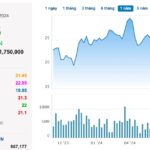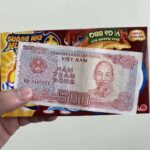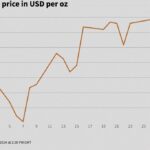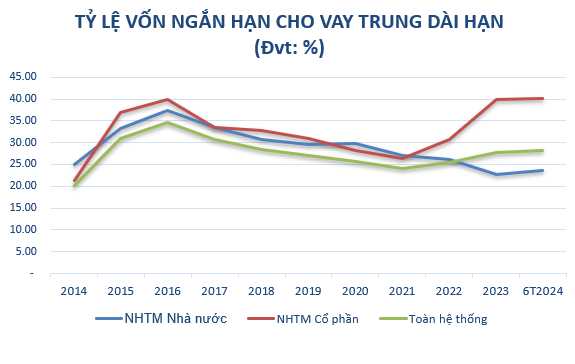The interbank market saw the exchange rate close at 24,866 VND per USD on August 29, a slight decrease of 4 VND from the previous day. Meanwhile, USD rates at commercial banks on the morning of August 29 saw a slight increase, but the buying rate remained below 25,000 VND per USD. Specifically, at Vietcombank, the buying rate was 24,700 VND per USD and the selling rate was 25,070 VND per USD. Since the end of July, USD rates at banks have decreased by approximately 400 VND. The USD rate is also at its lowest since early April.
The DXY index continued to decrease on August 29 compared to the previous session, trading at 100.91 points. Compared to the previous week’s closing session, the index decreased by 0.59%. The DXY index witnessed a sharp decline in July and early August due to data indicating a weaker-than-expected US economy, raising expectations of a Fed rate cut in September. Speaking at the annual central bank conference in Jackson Hole, Wyoming, last week, Fed Chairman Jerome Powell also indicated that a rate cut is imminent.
Explaining the developments in the foreign exchange market over the past time, Dr. Chau Dinh Linh of Ho Chi Minh City University of Banking attributed it to both internal and external factors. In terms of external factors, it is the decline of the US dollar due to expectations of a Fed rate cut in September 2024. Domestically, stable economic growth, large trade surplus, and record FDI disbursement supported market confidence. Specifically, the trade surplus in the first seven months reached over $14 billion, while FDI disbursement exceeded $12.5 billion – the highest ever; the gap between domestic and international gold prices narrowed, reducing speculative pressure on the exchange rate.
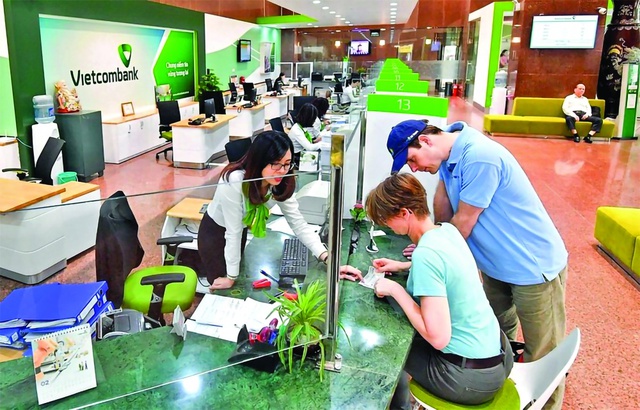
Abundant foreign currency supply supports exchange rate stability
One of the important factors contributing to the cooling of the exchange rate in the past time has been the proactive and flexible management of the exchange rate policy by the SBV. Dr. Linh assessed that despite facing significant pressure in the financial market, the SBV has remained calm in managing the exchange rate policy, thanks to its prepared scenarios. The SBV has skillfully coordinated monetary policy tools to stabilize the exchange rate, such as adjusting the mid-point rate, widening the trading band, improving VND liquidity through the interbank market, and selling USD to the market… “The SBV’s flexible yet determined policy adjustments have yielded positive results for the exchange rate. Especially, the clear message of readiness to intervene by selling foreign currency has helped calm the market and strengthen trust in the SBV’s management, thus maintaining macroeconomic stability. This demonstrates the SBV’s growing resilience in the face of shocks,” Dr. Linh remarked.
From an enterprise perspective, the leader of a company specializing in agricultural imports praised the management of monetary policy, especially the exchange rate, in the past time, stating that timely policy messages helped businesses feel assured in their business planning.
The representative of a company specializing in manufacturing components shared that their company was delighted with the cooling of the exchange rate in the past time. The company currently supplies over 500 products to automobile and motorcycle manufacturers domestically and internationally. They spend nearly ten billion VND on foreign currency purchases for imports each month. The decrease in the exchange rate has helped the company save hundreds of millions of VND, facilitating reduced production costs, enhanced competitiveness, and benefits for consumers.
According to Maybank experts, importers of raw materials such as steel, gasoline, and beverages, or sectors with high foreign currency loan ratios such as aviation, electricity, steel, and automobiles, will directly benefit from the cooling of the exchange rate. Sharing this view, an expert from Rong Viet Securities Company stated that the exchange rate cooling brings about positive impacts on the economy, especially in curbing inflation, boosting domestic consumption, and strengthening consumer confidence, thereby contributing to economic growth.
According to Assoc. Prof. Dr. Nguyen Huu Huan, from now until the end of the year, there may be an increase in USD demand in the third and fourth quarters due to the seasonal need for imported materials for year-end export orders. However, the exchange rate is not expected to rise significantly and will soon stabilize again, thanks to ample foreign currency supply and the SBV’s proactive, flexible, and reasonable management to prevent exchange rate speculation.
VNDirect Securities Company forecasted that the interbank USD/VND exchange rate would fall below 25,000 VND per USD earlier than expected in a positive scenario. In the context of easing exchange rate pressure, VNDirect experts believed that the SBV would have more flexibility in monetary policy management. Accordingly, the regulator would have more policy space to support market liquidity through the open market operation channel and conditions to supplement foreign reserves in the latter part of this year. In reality, the cooling of the exchange rate has enabled the SBV to gradually reduce the OMO interest rate from 4.5% to 4.2%.
However, experts cautioned against complacency, as alongside positive signals, inflation is also on the rise due to various factors such as global food prices, basic wage increases, and the low base effect of the previous year. According to Dr. Chau Dinh Linh, while inflation remains under control, maintaining macroeconomic stability remains the SBV’s overarching goal. Therefore, in the coming time, the SBV of Vietnam will closely monitor the situation and make appropriate decisions to support sustainable economic growth while ensuring macroeconomic stability and upholding the value of the VND.
Given the current slow recovery of the global economy and ongoing political conflicts and wars, it is challenging to predict future trends. Experts recommended that enterprises pay attention to exchange rate risk management in the coming time, especially those with exchange rate-sensitive operations. These enterprises should develop a suitable exchange rate risk management strategy and implement appropriate preventive measures to mitigate operational risks.
The Heiress and Senior Executive of Phat Dat Want to Sell Millions of PDR Shares
PDR stock is currently down 14% since the beginning of 2024. A concerning decline, but a potential opportunity for savvy investors to enter a promising market. With a strategic approach, this stock could offer a unique entry point and a chance to diversify. A well-timed investment could see a significant rebound, offering a profitable future for those willing to take a calculated risk.
The Tumultuous Tale of the 200 and 500 Dong Banknotes
Despite legal requirements for service providers and merchants to accept small denomination coins of 200 and 500 dong, in reality, very few places are willing to accept these coins. This discrepancy between legal tender and practical acceptance presents a challenge for consumers and businesses alike.
Is the Gold Market Settling After a Turbulent Week?
After a string of impressive performances throughout the summer, with a 2% increase in July, analysts and traders tempered their optimism for gold in early September.



